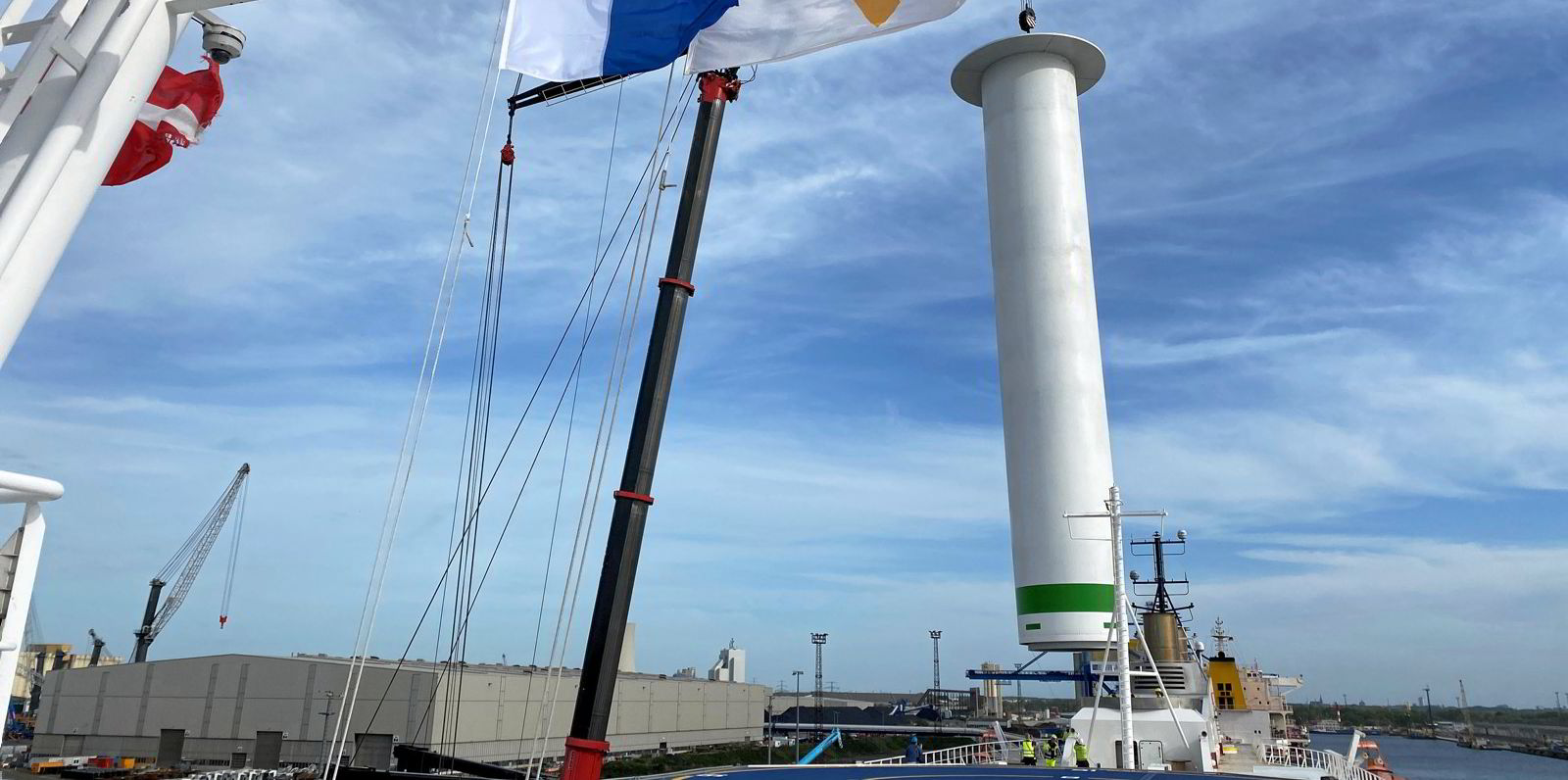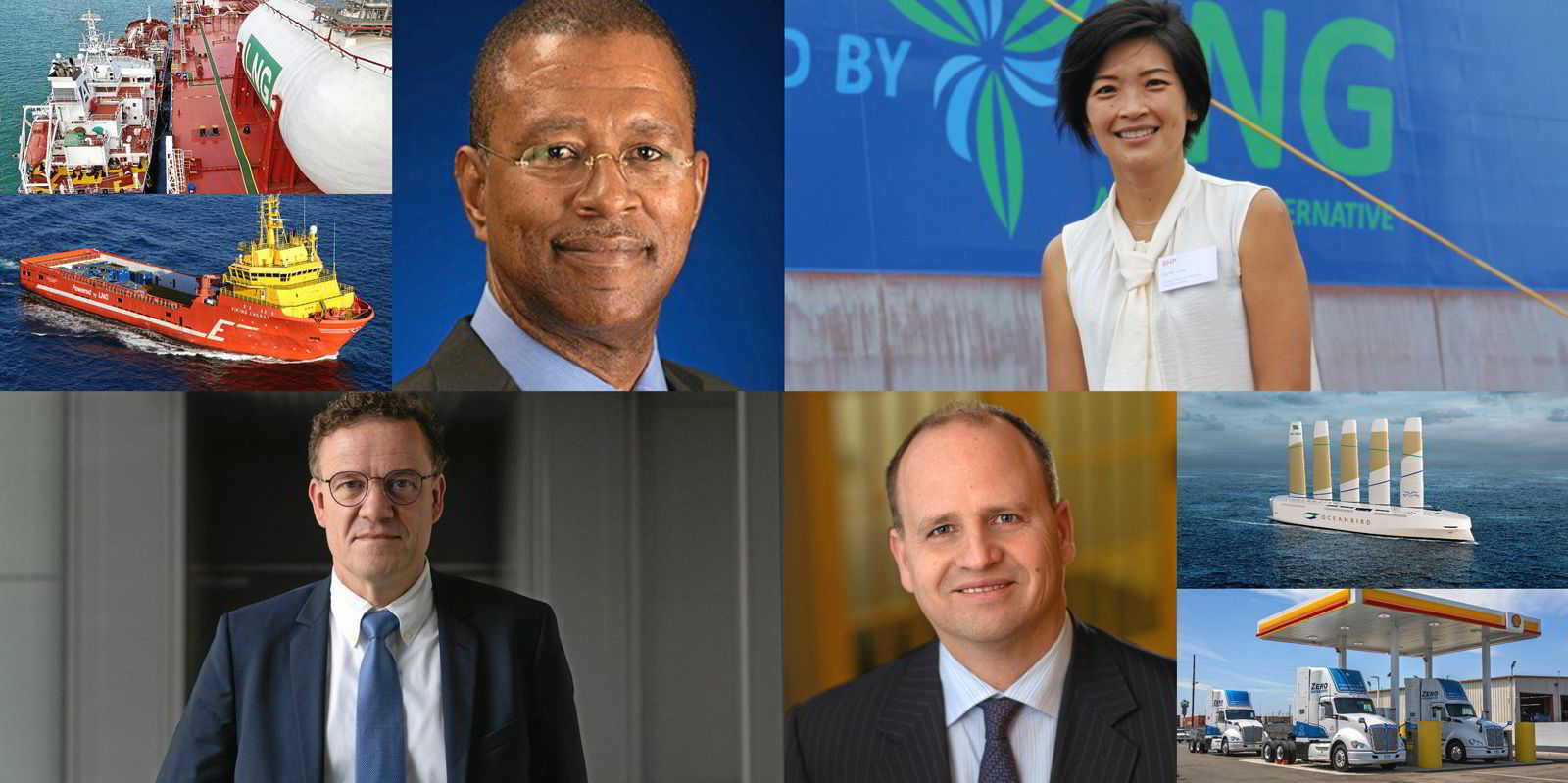Scandlines, the ferry operator between Germany and Denmark, has fitted a wind-assisted propulsion rotor sail to a second ship.
A 30-metre-high Norsepower rotor sail was installed on Scandlines’ 22,319-gt hybrid ferry Berlin (built 2016) on 16 May in the German port of Rostock while it was out of service for a few hours.
The company fitted its first Norsepower unit to the 1,300-passenger sistership Copenhagen (built 2016) in May 2020.
Scandlines aims to become emission-free by 2040, after setting itself higher targets than the Paris Agreement on climate change.
Since 2013, it has invested more than €300m ($316m) in building and converting conventional ferries into hybrids.
The Copenhagen operates on the Rostock-Gedser route and its rotor sail has reduced CO2 emissions by an average of 4%, the company said. On good days with optimal wind conditions, that can go as high as 20%.
Rotor sails use the Magnus effect, in which airflow accelerates on one side of the spinning sail and decelerates on the other, with the change in speed of airflow resulting in a pressure difference that creates a lift force perpendicular to the wind flow direction.
The lift force allows diesel engine use to be reduced and cuts fuel consumption and emissions.
The chief operating officer of Scandlines, Michael Guldmann Petersen, said positive experiences on the Copenhagen led to the decision to fit the Berlin with a rotor sail.
“We are happy to see that the installation was successfully completed and that the ferry went into operation again as planned.”





